Home>Ideas and Tips>Rooftop Solar Panel Installation and Renewable Energy Solutions
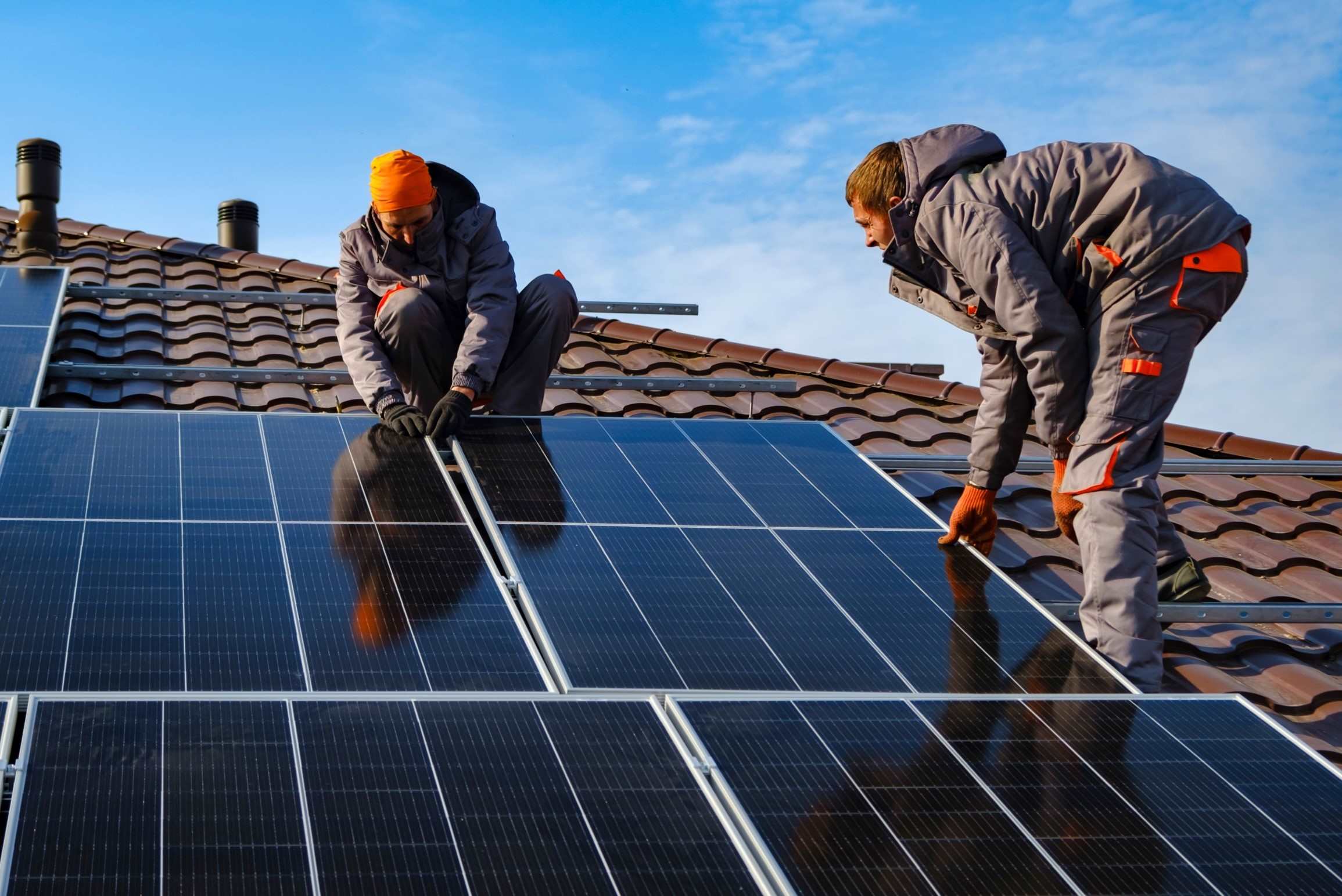

Ideas and Tips
Rooftop Solar Panel Installation and Renewable Energy Solutions
Modified: October 28, 2024
Discover the benefits, installation process, and key considerations of rooftop solar panel installation for a sustainable and cost-effective renewable energy solution.
(Many of the links in this article redirect to a specific reviewed product. Your purchase of these products through affiliate links helps to generate commission for Storables.com, at no extra cost. Learn more)
Introduction
Rooftop solar panel installation has become a popular choice for homeowners looking to embrace renewable energy solutions. But why should you consider installing solar panels on your roof? The answer lies in the numerous benefits that come with this eco-friendly technology.
Benefits of Rooftop Solar Panels
Environmental Benefits
Rooftop solar panels are a game-changer when it comes to reducing greenhouse gas emissions. By harnessing the power of the sun, you can cut down on your reliance on fossil fuels, which are notorious for polluting the environment. This means cleaner air, fewer carbon emissions, and a healthier planet for future generations. Plus, you'll be doing your part to combat climate change, which is a win-win for everyone.
Energy Independence
One of the coolest things about rooftop solar panels is that they can help you achieve energy independence. Imagine not having to rely on the grid for your electricity needs. With solar panels, you can generate your own power, which means lower utility bills and more control over your energy consumption. It's like having your own mini power plant right on your roof!
Public Health Benefits
Traditional energy sources like coal and gas release harmful pollutants into the air, which can lead to respiratory problems and other health issues. Solar energy, on the other hand, is clean and emissions-free. By switching to solar, you're not only improving air quality but also contributing to better public health. It's a breath of fresh air, literally!
Land Conservation
Unlike large solar farms that require vast amounts of land, rooftop solar panels make use of existing space. This means you don't have to worry about taking up valuable land that could be used for other purposes. It's a smart and efficient way to generate renewable energy without sacrificing precious real estate.
Economic Benefits
Installing solar panels can also boost your home's value. Potential buyers are often willing to pay more for a property with solar panels because they know they'll save on energy costs in the long run. Plus, the solar industry is a significant job creator, providing employment opportunities in both installation and manufacturing sectors. It's a bright spot for the economy!
Government Incentives
Many governments offer incentives to encourage the adoption of renewable energy sources like solar power. These can include tax credits, rebates, and net metering policies that make it more affordable to go solar. So, not only do you save on your energy bills, but you also get financial perks from the government. It's like getting paid to go green!
How Rooftop Solar Panels Work
Photovoltaic (PV) Technology
The magic behind rooftop solar panels lies in photovoltaic (PV) technology. These panels convert sunlight into electrical energy through a process called photovoltaics. When sunlight hits a solar panel, photons from the sunlight are absorbed by the cells in the panel, creating an electric field across the layers and causing electricity to flow. It's like turning sunlight into electricity – pretty cool, right?
Components of a Solar Panel System
A typical solar panel system consists of several key components:
- Solar Panels: These are the photovoltaic cells that convert sunlight into electricity.
- Mounting System: This includes the hardware needed to secure the solar panels to the roof.
- Inverter: This device converts the DC power generated by the solar panels into AC power, which is usable in homes.
- Charge Controller: This component regulates the flow of energy from the solar panels to the battery (if used).
- Battery (Optional): A battery can store excess energy generated by the solar panels for use during periods of low sunlight.
Factors to Consider Before Installation
Roof Suitability
Before you jump on the solar bandwagon, it's essential to assess your roof's suitability. The size, shape, and slope of your roof play a crucial role in determining whether it's a good fit for solar panels. Typically, solar panels perform best on south-facing roofs with a slope between 15 and 40 degrees. However, other orientations and angles may also work depending on your location and climate. So, make sure to give your roof a thorough check-up before making any decisions.
Shading Issues
Shading can be a real buzzkill for solar panels. Trees, buildings, or other obstructions that cast shadows on your roof can significantly reduce the efficiency of your solar panels. It's essential to assess your roof for any shading issues before installation. If you find any, you might need to trim some trees or find a different spot for your panels. After all, you want to make the most of that sunshine!
Age of Roof
The age of your roof is another critical factor to consider. If your roof needs replacement soon, it might be more cost-effective to replace it with a new one that includes solar panels rather than installing them on an old roof. This way, you won't have to worry about removing and reinstalling the panels when it's time for a roof upgrade. It's like killing two birds with one stone!
Local Regulations
Don't forget to check with your local government for any regulations or permits required for installing solar panels on your roof. Some areas have specific rules and guidelines that you need to follow. It's better to be safe than sorry, so make sure you're in the clear before moving forward with your solar project.
Financial Considerations
While the initial cost of installing solar panels can be high, the long-term savings on electricity bills make it a financially viable option. Consider financing options such as loans or leasing programs that can help spread out the initial investment over time. Plus, with government incentives and rebates, the cost might not be as steep as you think. It's an investment that pays off in the long run!
Professional Installation
It is highly recommended to hire a qualified professional who holds certifications like those from the North American Board of Certified Energy Practitioners (NABCEP) to ensure proper installation and maximize efficiency. A pro will know the ins and outs of solar panel installation, making sure everything is set up correctly and safely. It's worth the peace of mind to have an expert handle the job.
Installation Process
Assessment Phase
The first step in the installation process is assessing your roof's suitability for solar panels through a site evaluation. This includes measuring your roof's size, checking for shading issues, and determining the best orientation for maximum energy production. It's like giving your roof a solar check-up!
Design Phase
Based on the assessment results, a detailed design plan is created outlining the number and placement of solar panels needed to meet your energy requirements. This plan ensures that your solar system is tailored to your specific needs and maximizes energy production. It's like getting a custom-fit solar suit for your roof!
Permitting Phase
Before you can start installing your solar panels, you'll need to obtain all necessary permits from local authorities. This step ensures that your installation complies with local regulations and safety standards. It's a bit of paperwork, but it's essential to get everything in order before moving forward.
Installation Phase
Once you have the permits, it's time for the actual installation. The process typically involves mounting the solar panels securely onto your roof using specialized hardware. The inverter is then connected to convert DC power into usable AC power. It's like putting together a giant solar puzzle on your roof!
Testing Phase
After installation, the system is thoroughly tested to ensure it is functioning correctly and efficiently. This step ensures that your solar panels are generating the expected amount of electricity and that everything is working as it should. It's like giving your solar system a final check-up before it goes live.
Maintenance Phase
Regular maintenance is crucial to ensure optimal performance over time. This includes cleaning the panels periodically and checking for any issues that may arise. It's like giving your solar panels a little TLC to keep them running smoothly.
Community Solar Programs
For those who don't own their homes or whose roofs are unsuitable for solar panels, community solar programs offer an alternative solution.
What is Community Solar?
Community solar allows multiple individuals or organizations to share ownership of a single solar array located on- or off-site. This model divides costs associated with purchasing and installing a solar energy system among participants who can buy into the shared system at a level that best fits their budget. It's like a solar co-op where everyone benefits!
Benefits of Community Solar
- Reduced Upfront Costs: By spreading the costs across multiple participants, community solar makes it more affordable to go solar.
- Access for Renters: Renters or those with unsuitable roofs can still enjoy the benefits of solar energy.
- Additional Perks: Many community solar programs offer energy storage options and educational resources.
Finding Community Solar Programs
Utilize tools like EnergySage’s Community Solar Marketplace, which aggregates available options in one place and standardizes project information. Local mapping services can also help determine if your area has community solar programs available. It's like having a solar treasure map to guide you!
Case Studies: New England and Washington D.C.
New England
New England has been at the forefront of rooftop solar adoption due to its supportive public policies.
Rooftop Solar Growth
In 2025, New England generated 83% more electricity from small-scale solar installations than from utility-scale projects. This growth is attributed to the region’s favorable policies that make it convenient, fast, and affordable to install solar panels. It's like a solar boom in the Northeast!
Grid Benefits
Rooftop solar not only reduces greenhouse gas emissions but also eases strain on oil and gas supplies needed during winter months when backup generators are required. This increased confidence in grid resilience has contributed to the upcoming closure of expensive energy plants like the Mystic Generating Station. It's a win for both the environment and the economy!
Washington D.C.
Washington D.C., through initiatives like Solar For All and Solarize DC, has made significant strides in promoting rooftop solar adoption.
Solar For All Program
Aims to provide benefits of solar electricity to 100,000 low- to moderate-income households by reducing their electric bills by 50% by 2032. Eligible residents can participate through single-family solar or community solar programs if their household income is at or below 80% of the area median income threshold. It's like a solar lifeline for those who need it most!
Solarize DC Initiative
A community-based outreach program designed to bring solar power to District residents in their homes and businesses throughout the city. Partners with EnergySage to help residents make the switch by installing solar panels on their property or subscribing to local community solar farms. It's like a solar revolution in the nation's capital!
Conclusion
Rooftop solar panel installation offers numerous benefits ranging from environmental sustainability to economic savings. While there are several factors to consider before installation, the long-term advantages make it an attractive option for homeowners looking to transition towards renewable energy sources. Whether through individual installations or community programs, embracing rooftop solar can significantly contribute towards a cleaner future for generations to come.
Was this page helpful?
At Storables.com, we guarantee accurate and reliable information. Our content, validated by Expert Board Contributors, is crafted following stringent Editorial Policies. We're committed to providing you with well-researched, expert-backed insights for all your informational needs.
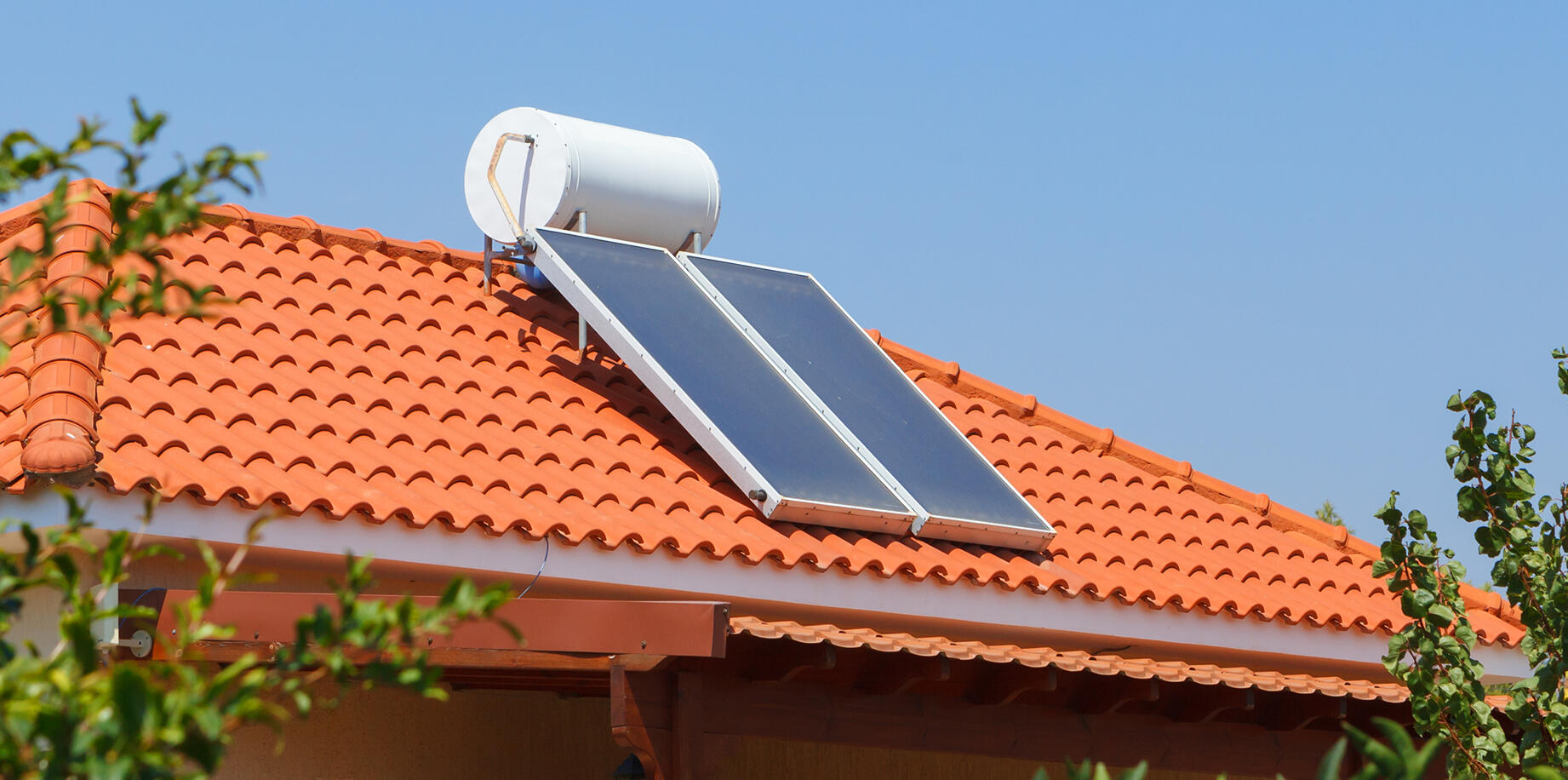
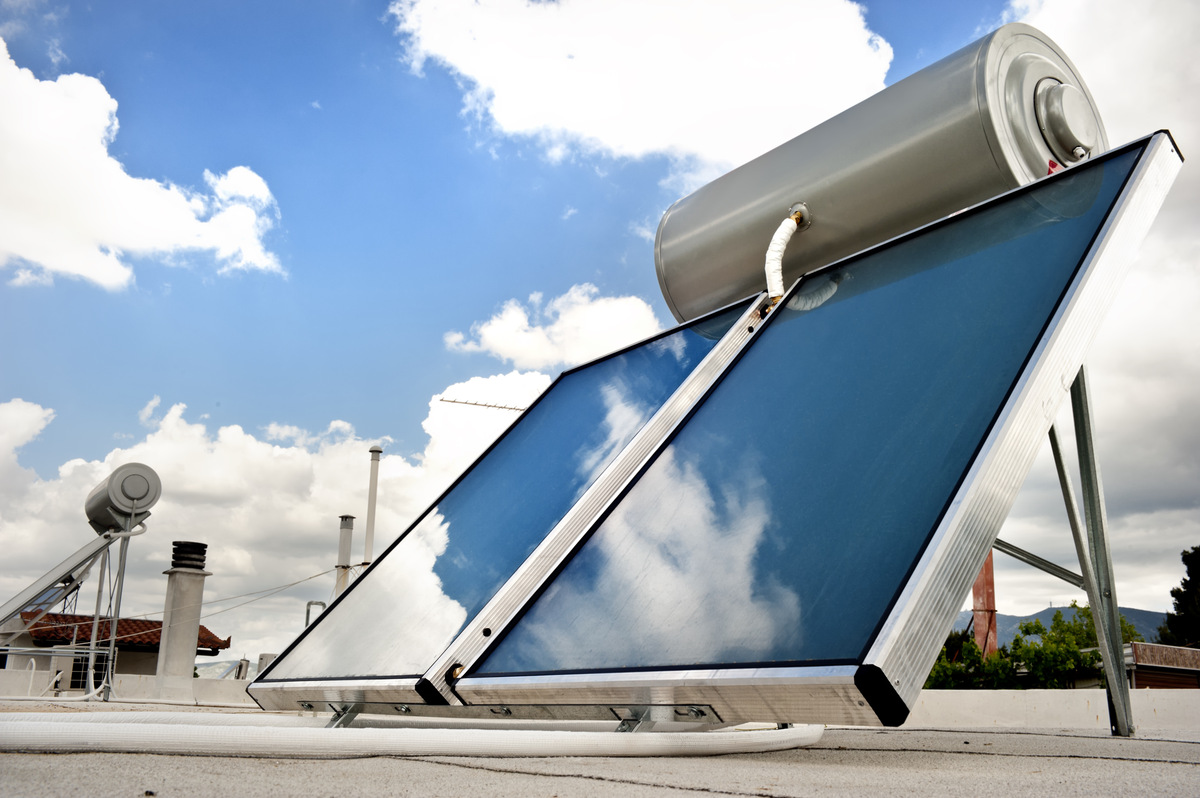
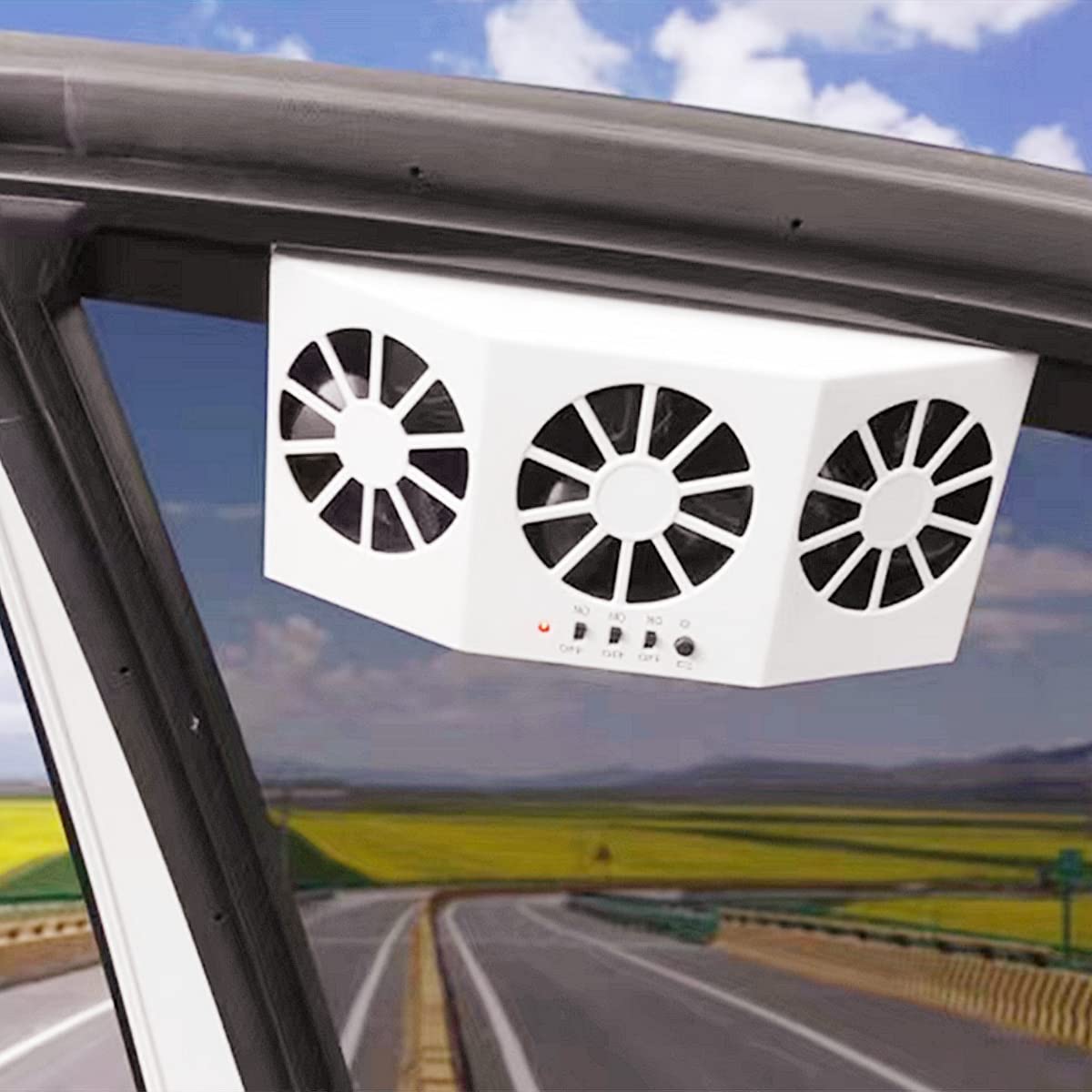
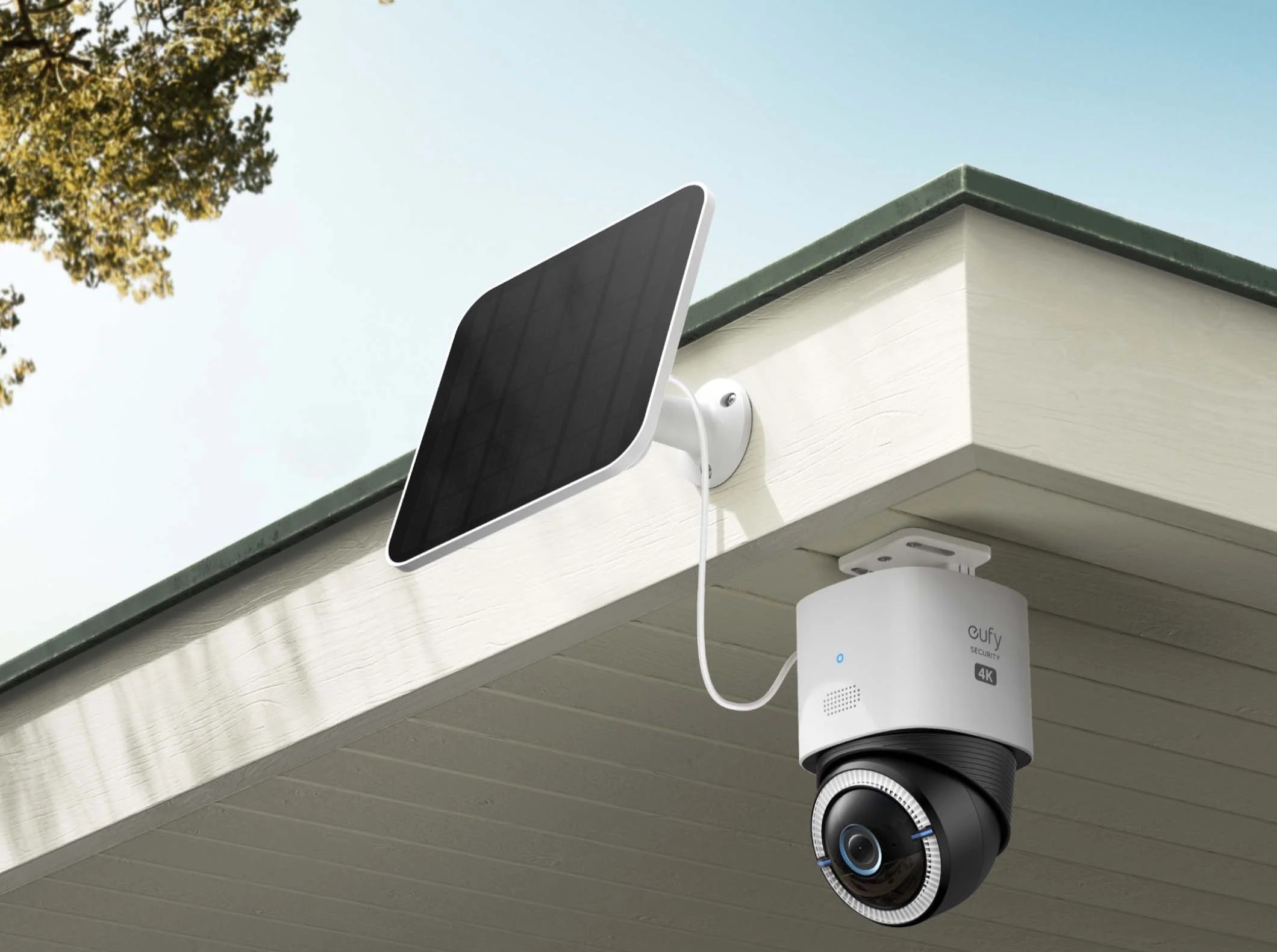
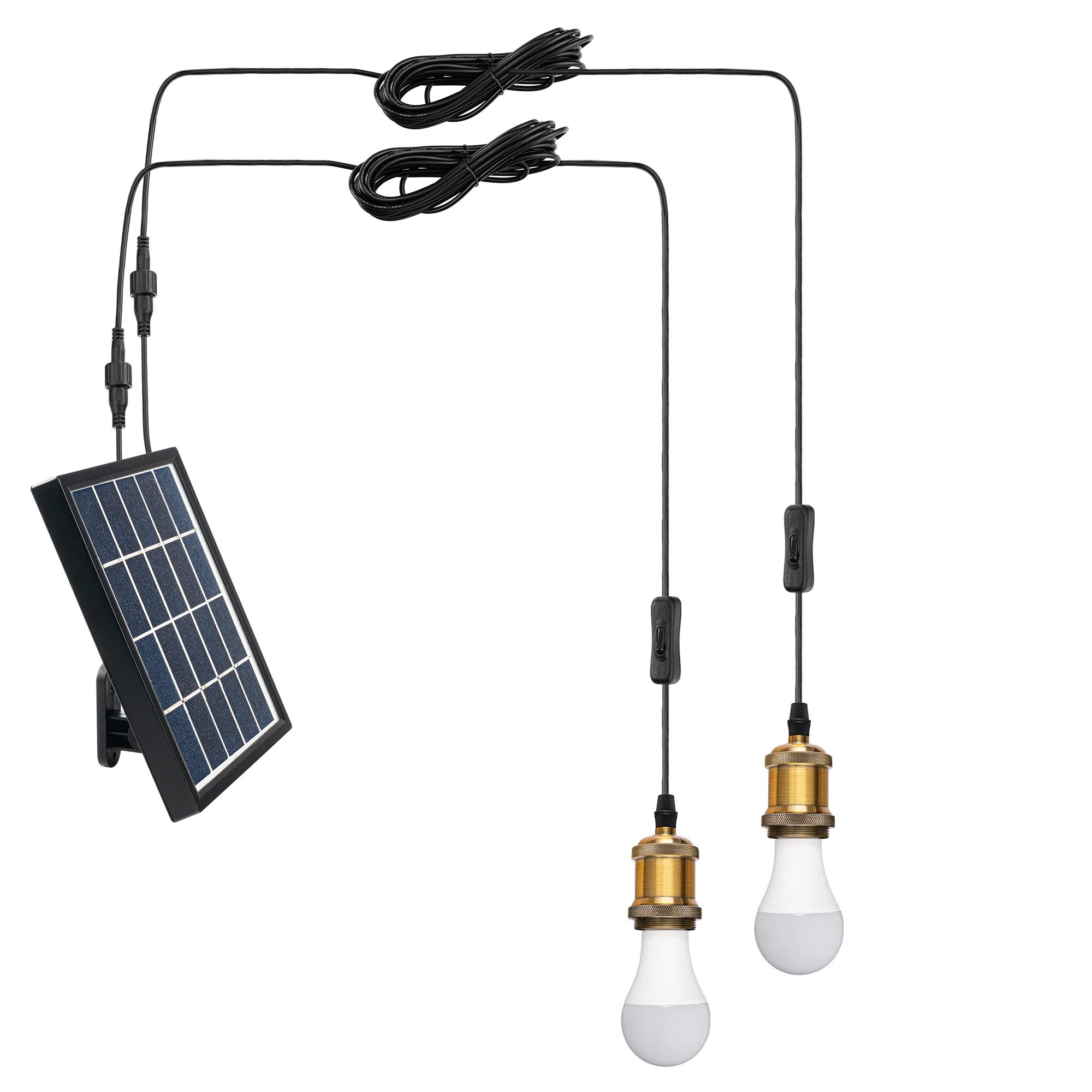

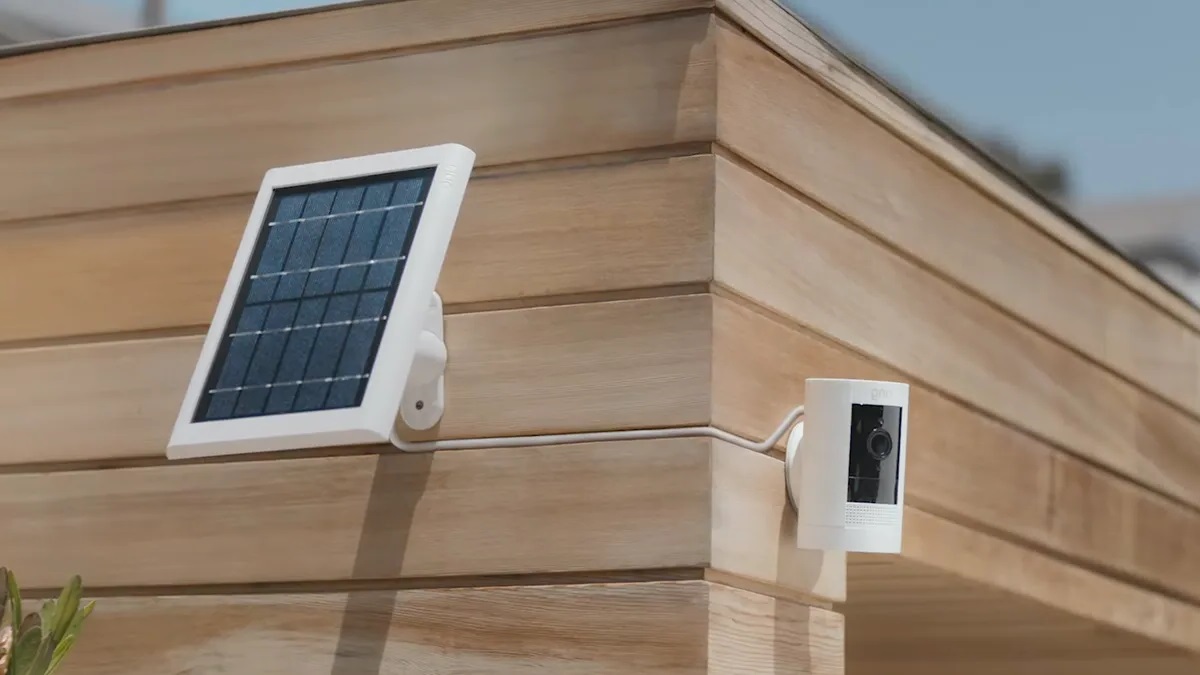
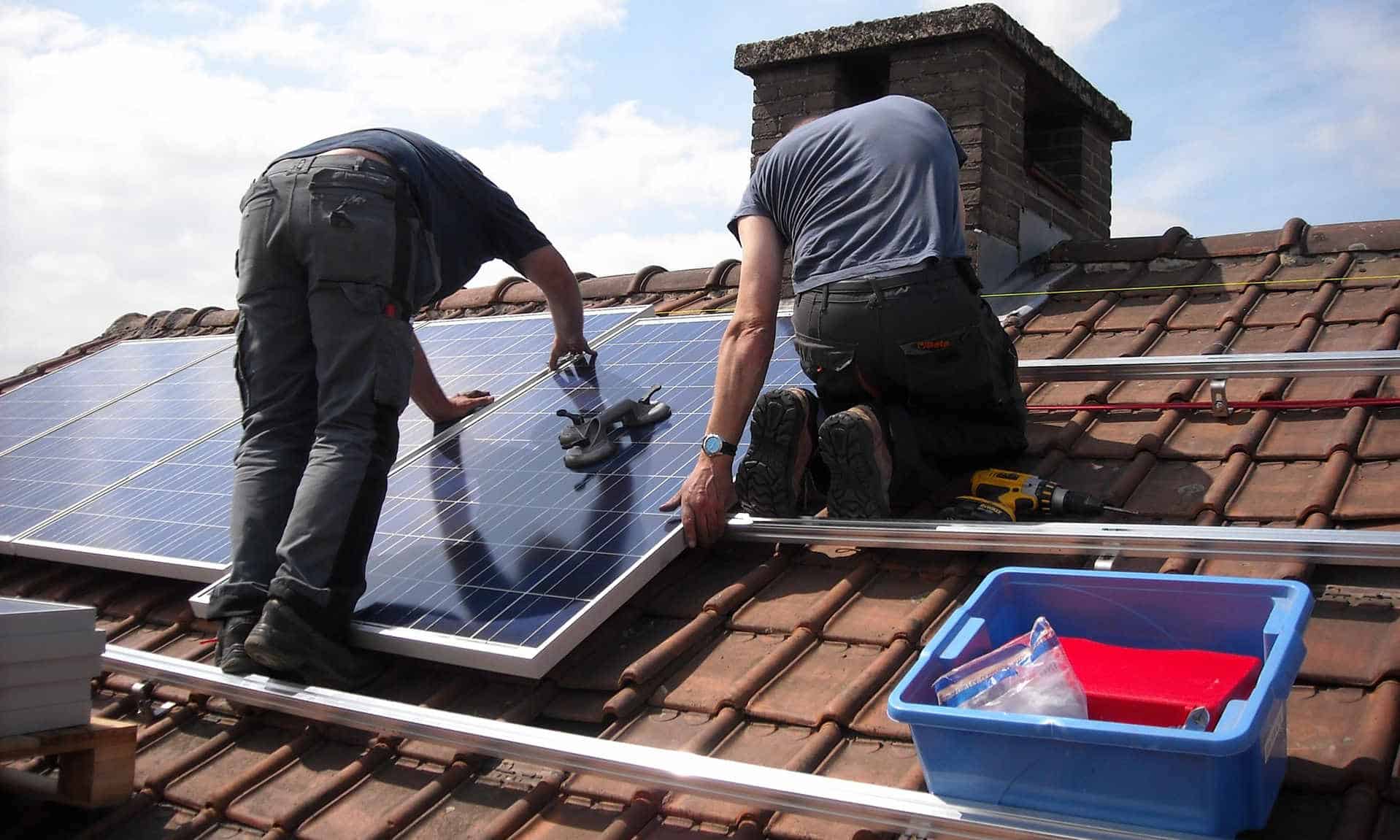
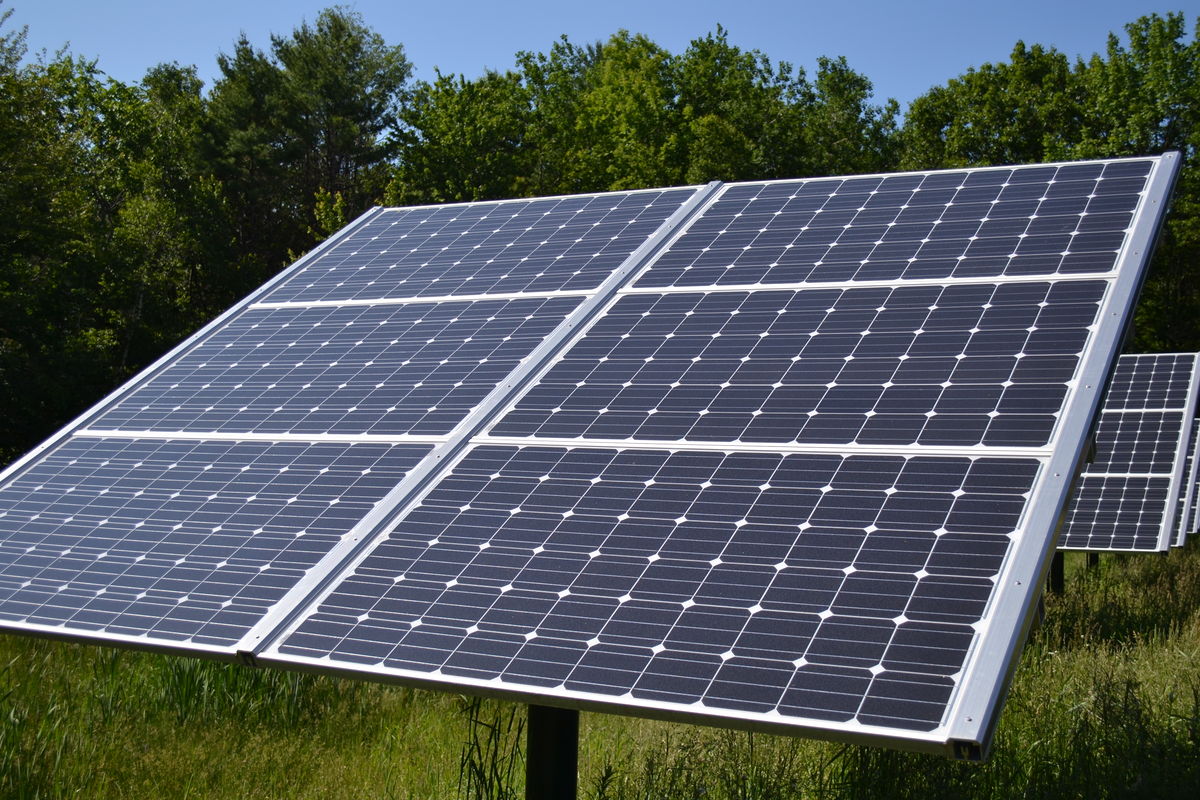
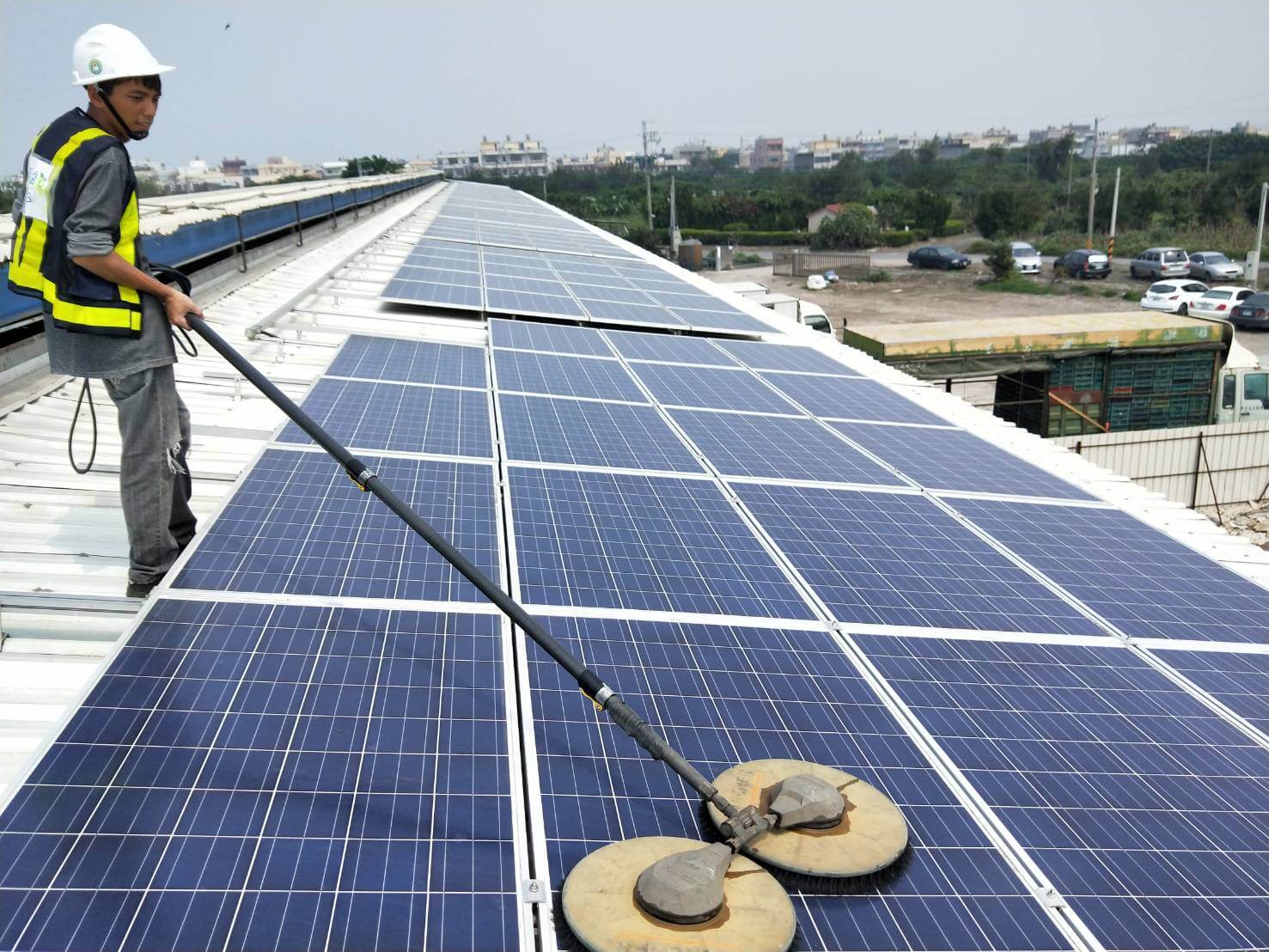
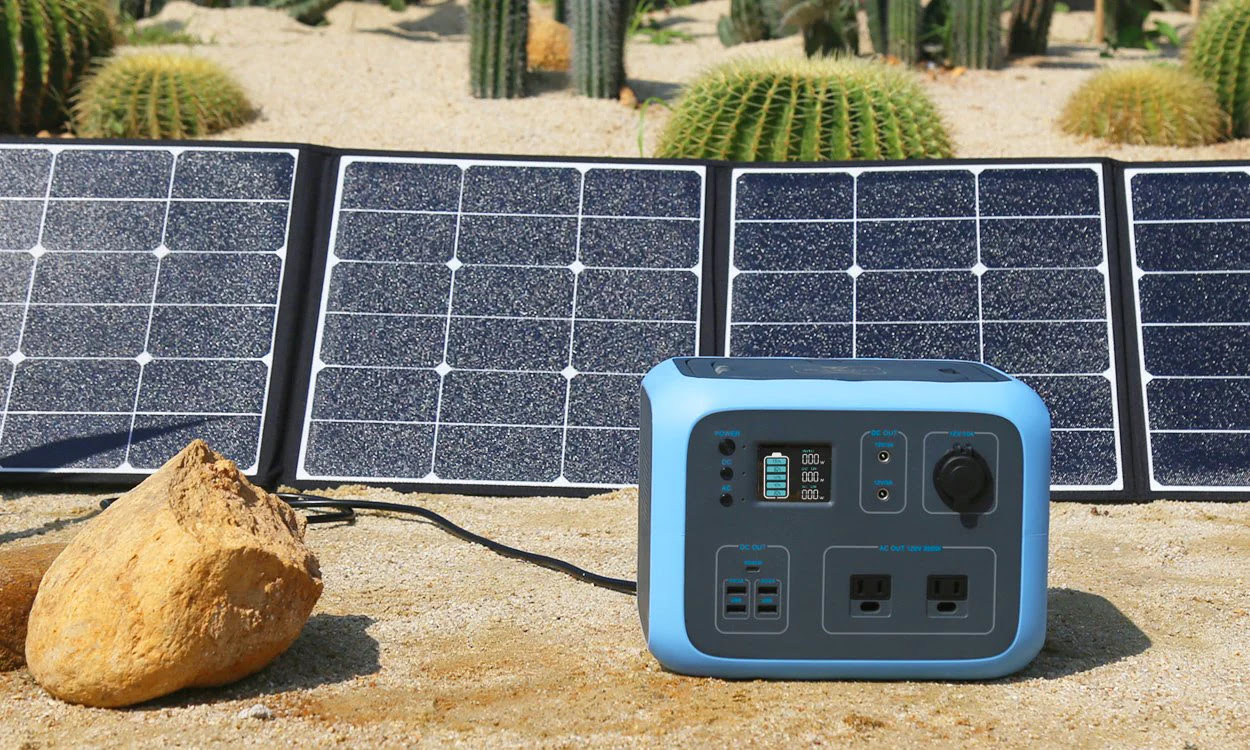
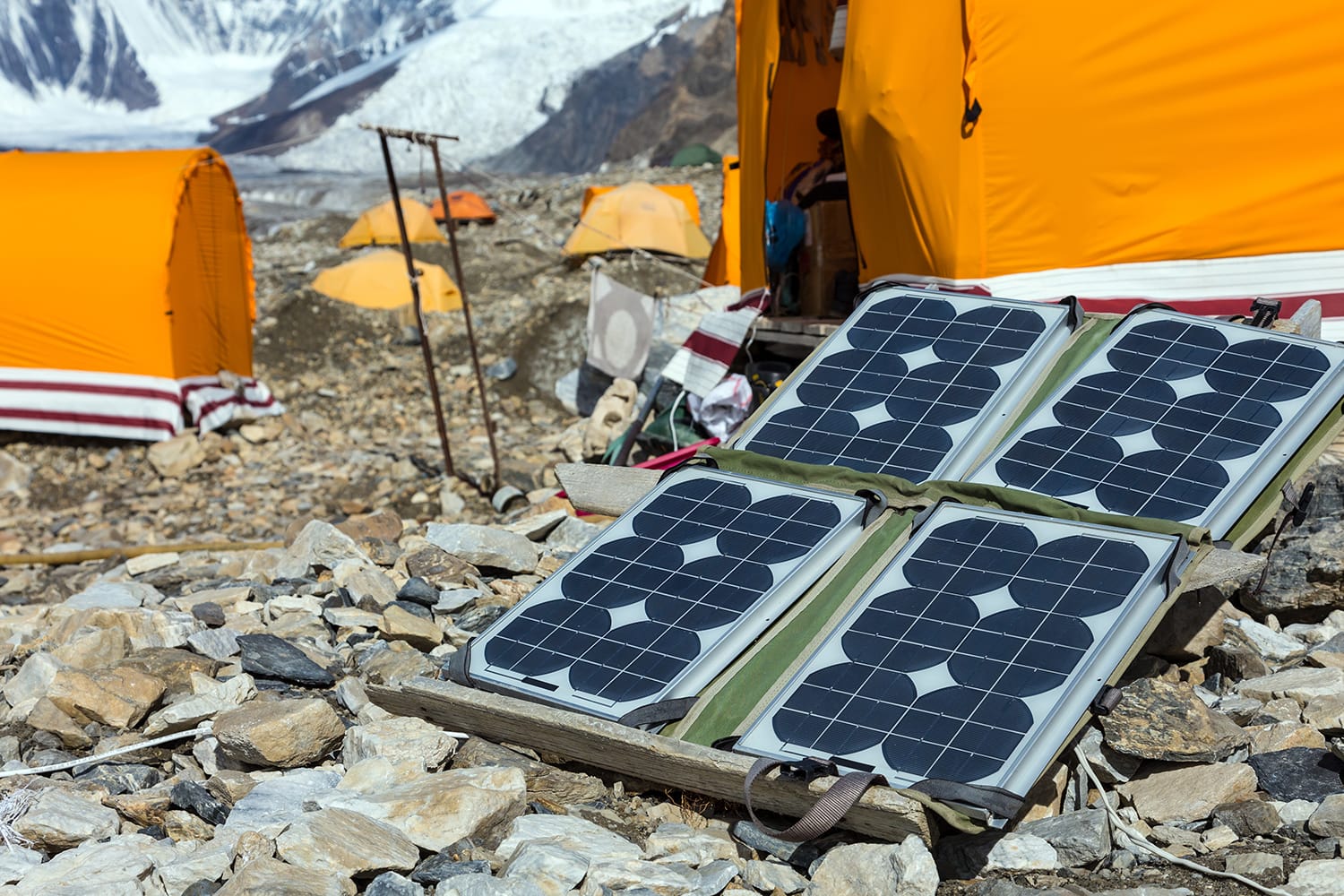
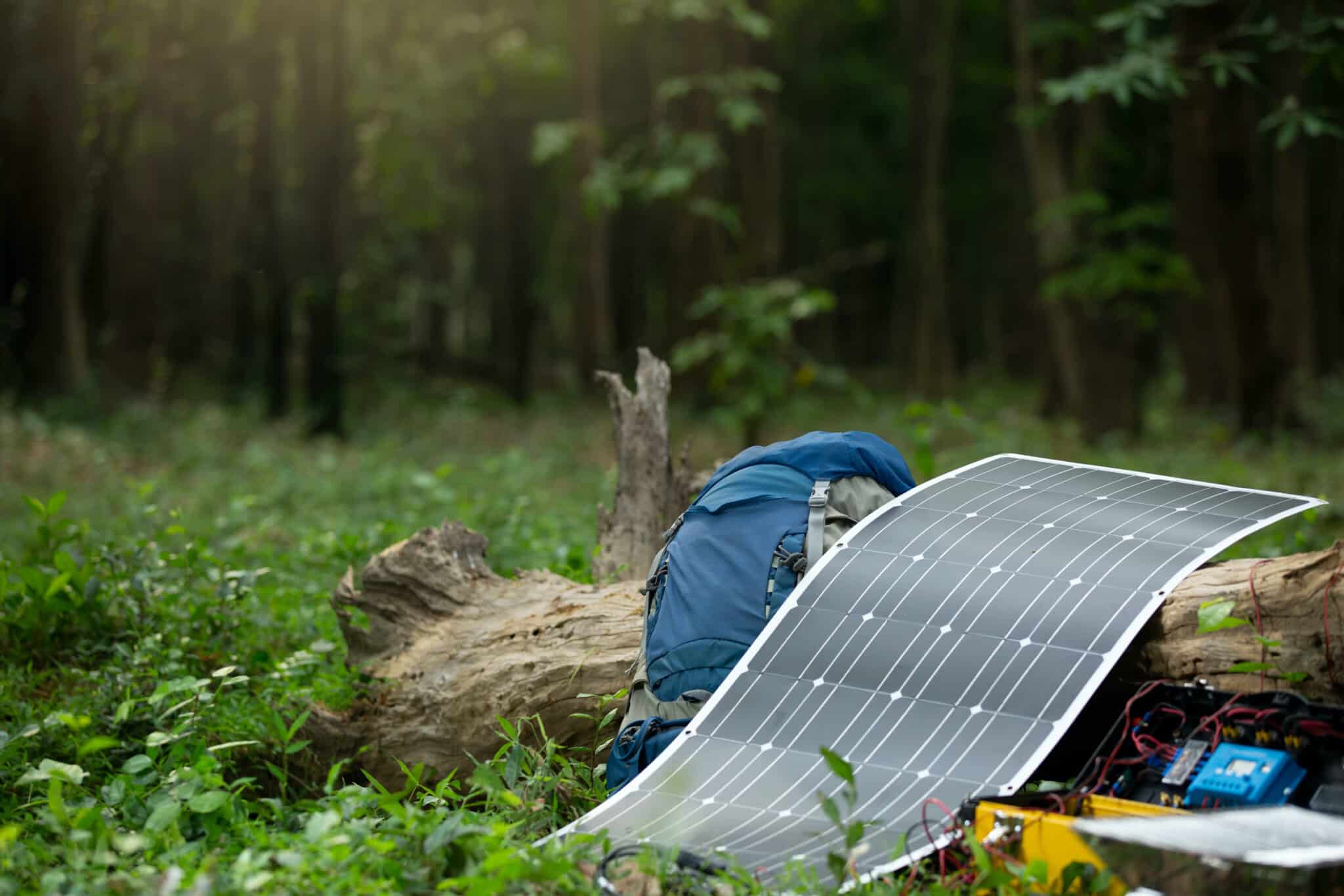
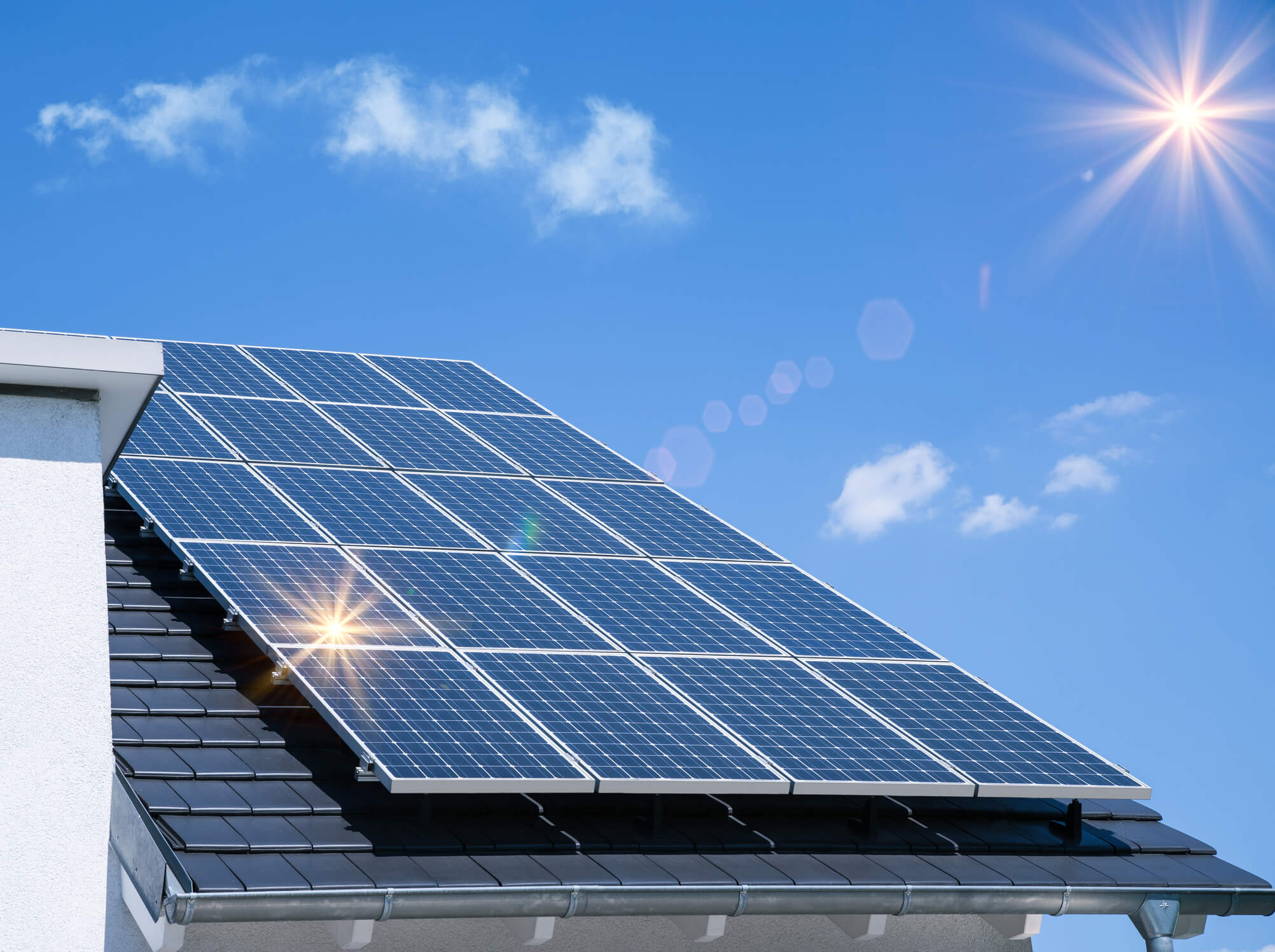

0 thoughts on “Rooftop Solar Panel Installation and Renewable Energy Solutions”